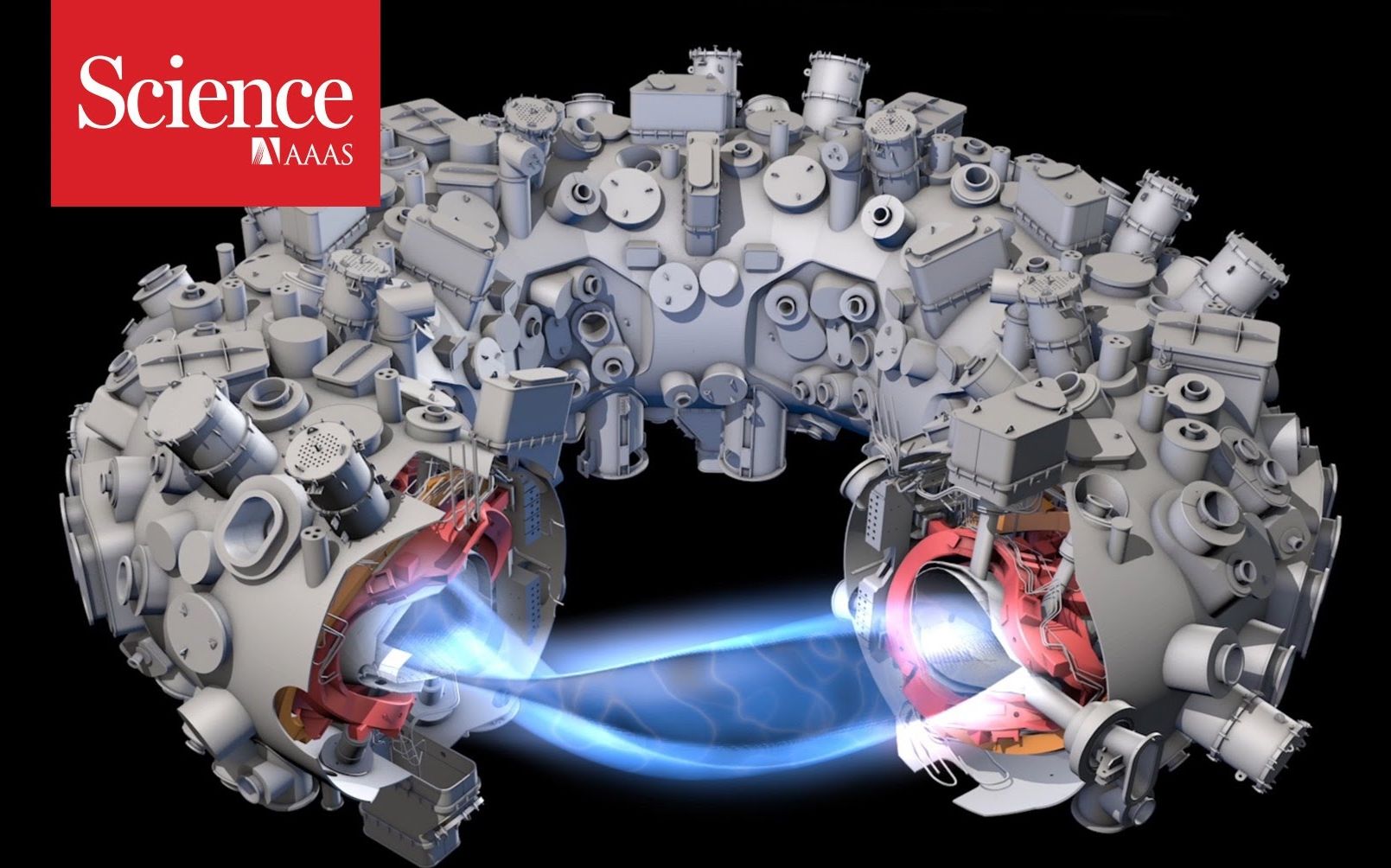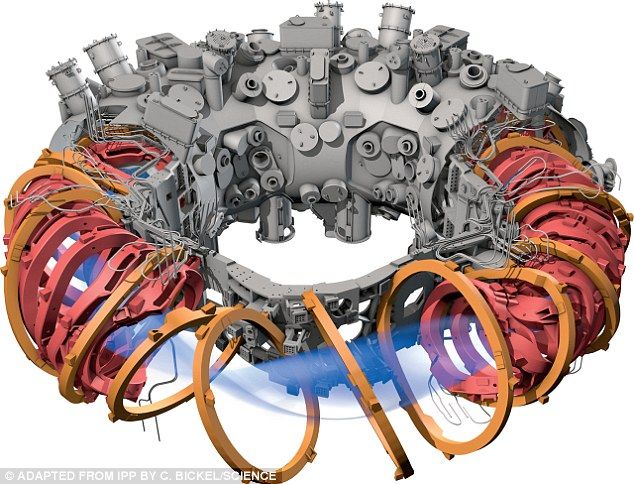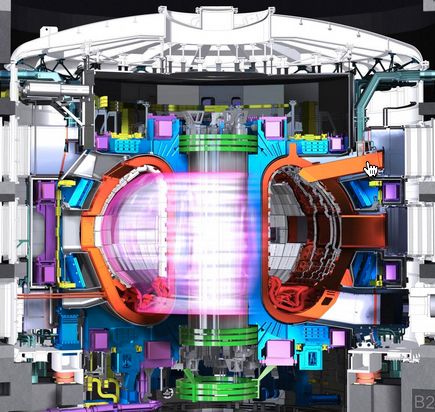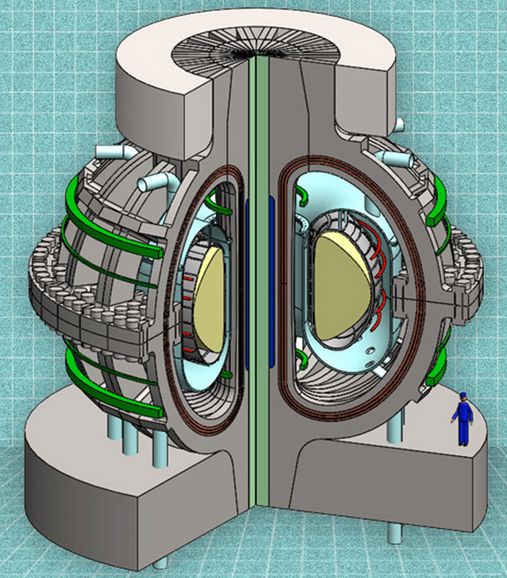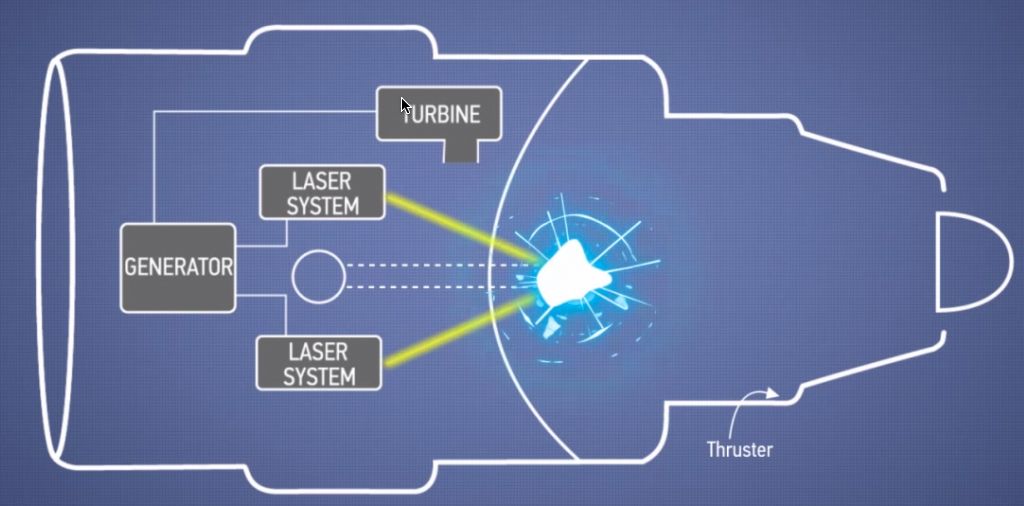Fusion energy may soon be used in small-scale power stations. This means producing environmentally friendly heating and electricity at a low cost from fuel found in water. Both heating generators and generators for electricity could be developed within a few years, according to research that has primarily been conducted at the University of Gothenburg.
Nuclear fusion is a process whereby atomic nuclei melt together and release energy. Because of the low binding energy of the tiny atomic nuclei, energy can be released by combining two small nuclei with a heavier one. A collaboration between researchers at the University of Gothenburg and the University of Iceland has been to study a new type of nuclear fusion process. This produces almost no neutrons but instead fast, heavy electrons (muons), since it is based on nuclear reactions in ultra-dense heavy hydrogen (deuterium).
“This is a considerable advantage compared to other nuclear fusion processes which are under development at other research facilities, since the neutrons produced by such processes can cause dangerous flash burns,” says Leif Holmlid, Professor Emeritus at the University of Gothenburg.
Read more
